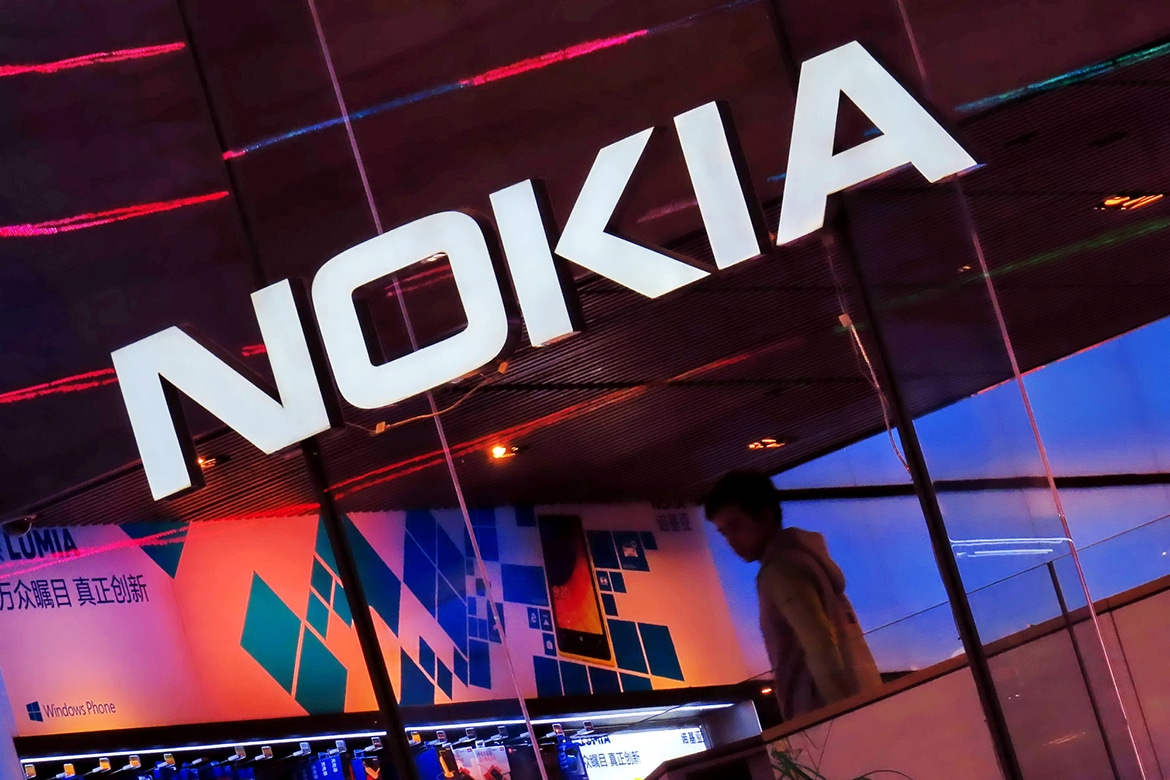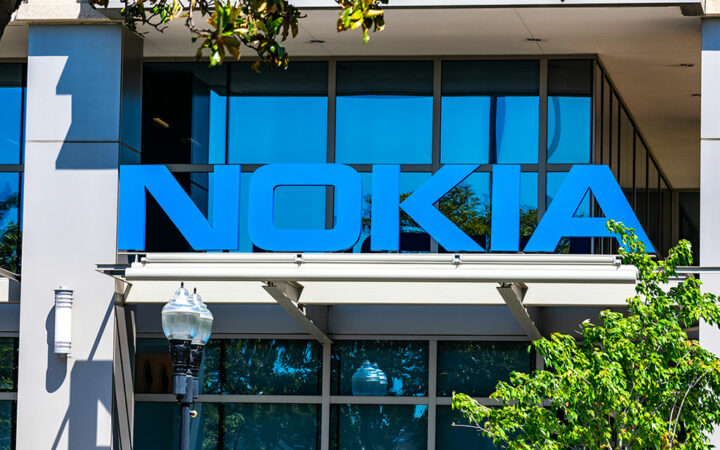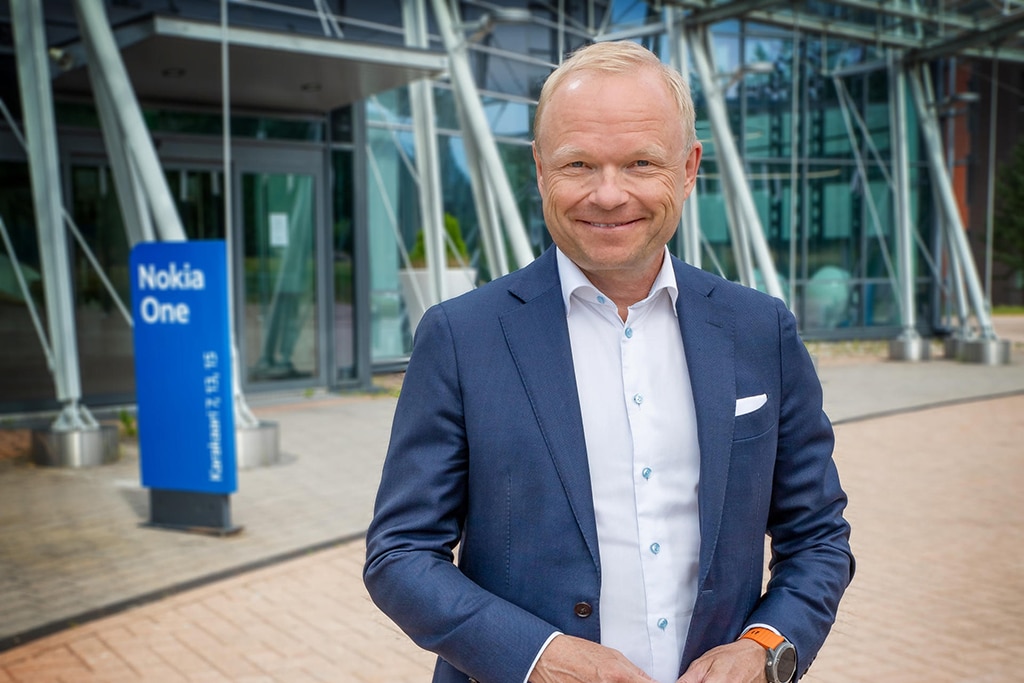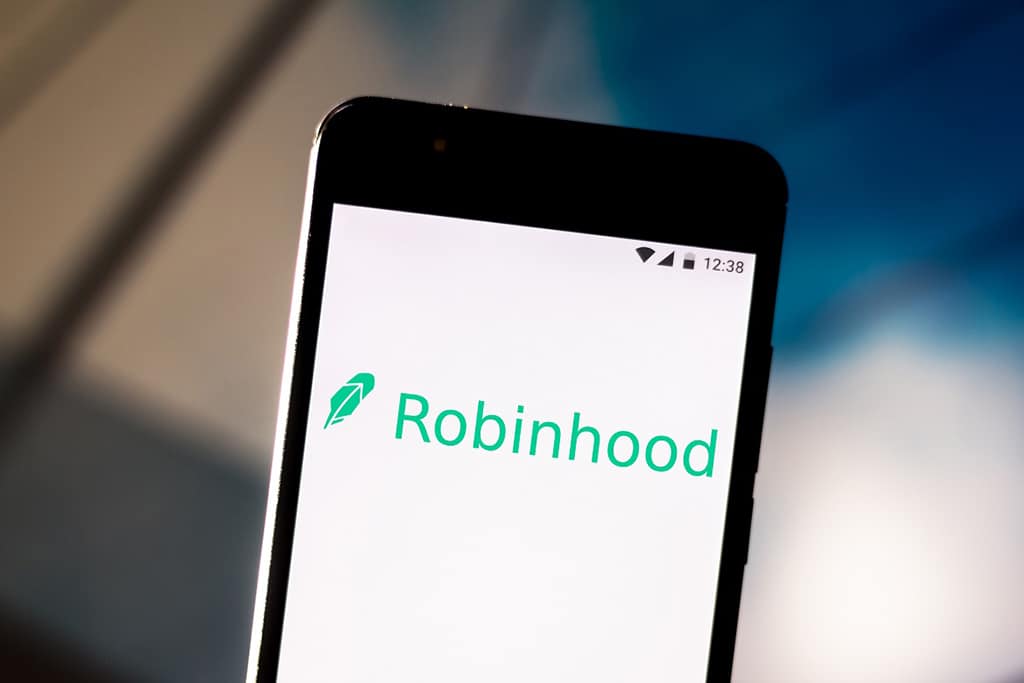
Nokia to Lead EU-Funded 6G Research Project Hexa-X
The Nokia-led Hexa-X 6G development program has the primary goal to create “unique 6G use cases and scenarios”.

The consortium led by Finnish multinational telecommunications, information technology company Nokia Oyj (NYSE: NOK) has been chosen to lead the 6G development project dubbed the Hexa-X with funding secured from the European Commission. According to the press release from Nokia, the European Commission funding comes as part of the European Union’s Horizon 2020 research and innovation program, and initially slated to bring leaders in the telecom space to undertake research in 6G technology and research.
While the evolution of the 5G network is still relatively in its infancy, several world governments are already projecting into the future and committing funds towards the development of the 6G networks. With the EU becoming the latest to go all out in the development of the 6G network, Nokia has been chosen to lead other industry leaders including Telefonaktiebolaget LM Ericsson (STO: ERIC-B), Siemens AG (ETR: SIE), Intel Corporation (NASDAQ: INTC), Orange SA (EPA: ORA) as well as a host of Universities including the University of Oulu, and the University of Pisa.
The leadership of Nokia over the Hexa-X 6G research project re-emphasizes the recognition of the Finnish company’s role in telecommunication development right from the emergence of the simplest GSM phones. The company’s research through its industrial research arm, Nokia Bell Labs leading up to the development of the 5G technology has not gone unnoticed.
“Even though there is still a lot of innovation in 5G with the release of new standards, we are already exploring 6G in our research lab,” said Peter Vetter, Head of Access and Devices Research, Nokia Bell Labs. “In the 6G era, we will see applications that will not only connect humans with machines but also connect humans with the digital world. Such a secure and private connection can be used for preventive healthcare or even to create a 6G network with a sixth sense that intuitively understands our intentions, making our interactions with the physical world more effective and anticipating our needs, thereby improving our productivity.”
The news has sent the shares of Nokia up by 0.12% to 3.29 Euros.
Key Highlights of the Nokia 6G Hexa-X Project
The Nokia-led Hexa-X 6G development program has the mandate or the primary goal to create “unique 6G use cases and scenarios, developing fundamental 6G technologies and defining a new architecture for an intelligent fabric that integrates key 6G technology enablers,” the company said in the press release.
With the project billed to start finding applications by 2030, following the defined life cycle of each new generation of network, the 6G network will seeks to connect humans to machines and the digital world. The Hexa-X project will strive to achieve these use case scenarios by focusing on 6 key areas bordering on sustainability, Network of Networks, Connecting intelligence, Trustworthiness, Global Service Coverage, and Extreme Experience.
As a global firm, Nokia hopes the impact of the consortium will extend beyond Europe and to North America. Bloomberg profiled Nokia’s head of North American Standardization, Devaki Chandramouli who highlighted a three-point goal for the company’s 6G development initiative.
According to her, “The main goal will be to develop the vision, the road map, and the timeline, then put together a timeline for the technology direction. And the third point is to facilitate the interaction with US government agencies to fund the research and also provide the input for the technology development.”
For more news on the technologies, please, visit this page.




